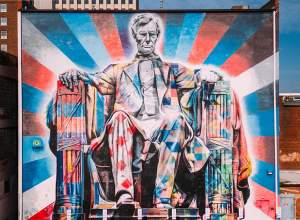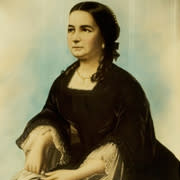These Lexington women accomplished great things, often under difficult and unusual circumstances. Each was a trailblazer and had a significant impact on their communities. Read how these remarkable women made a significant impact on our region and beyond.
Mary Todd Lincoln (1818-1882)
Born on Short Street in 1818, Mary Todd went on to be the wife and most trusted confidant of US President Abraham Lincoln. Mary Todd was one of the most educated women of her generation which made her a successful First Lady during the American Civil War. Although history remembers her as troubled, Mary Todd’s life traumas included her mother dying young, her father dying in a cholera epidemic, witnessing her husband’s assassination, and three of her four children dying before adulthood.
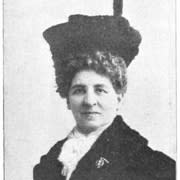
Mary Desha (1850-1911)
Granddaughter of Kentucky’s ninth governor Joseph Desha, Mary always had an interest in history and studied at what is now the University of Kentucky. During the Civil War she and her mother founded a private school to provide income for their family. She was one of the founders of the Daughters of the American Revolution. She is buried at Lexington Cemetery.
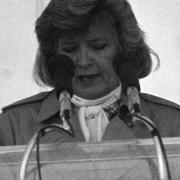
Martha Layne Collins (b.1936)
A true trailblazer for women’s representation in government, Collins was elected Kentucky’s 56th governor, the first woman to hold that office, in 1983. Only the sixth American woman to be a state governor, Collins’ tenure in office focused on education and economic development. She successfully brought Toyota Motor Manufacturing to the state in 1986, the first North American plant. It is still the world's largest Toyota manufacturing facility.
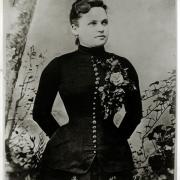
Belle Brezing (1860-1940)
Brezing was one of the most infamous American brothel madams of the nineteenth century. Her influential clients included bankers, businessmen, and politicians; she was even pardoned by Kentucky Governor Luke P. Blackburn for running a bawdy house. Although known for her “house of ill-repute,” Brezing was well known for her charitable actions – donating to hospitals, supporting the war effort, and paying for the funeral of a local woman. She is rumored to be the inspiration of Belle Watling in Margaret Mitchell’s Gone With the Wind.

The Women of Bryan’s Station
In August 1782, the Bryan Station Fort found itself under siege during the American War of Independence. Knowing British and Native American soldiers laid in wait outside the fort, 12 women and 16 girls walked out of the fort to retrieve water from the creek. This ploy allowed the fort to restock resources and gave the settlers an advantage of knowing where their would-be attackers were hiding. The attack was ultimately unsuccessful, most notably due to the sacrifice of the women.
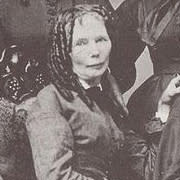
Delia Webster (1817-1904)
Nicknamed the "Petticoat Abolitionist," Webster was a well-known anti-slavery activist in Lexington who guided many Lexington slaves to the Underground Railroad. With her house on the Underground Railroad, she was arrested and sentenced to two years in the state penitentiary for helping the Hayden Family escape to Ohio. Pardoned by the governor after two months, Webster left Kentucky for the North but continued to be an ardent abolitionist.
Ella Bishop
The daughter of a hardware store owner in downtown Lexington, Bishop was also a staunch Unionist and became a local hero in 1862. After John Hunt Morgan’s Confederate troops returned to Lexington, they began wreaking havoc, stole an American flag from Ashland, and began to desecrate it. Bishop stole the flag back from the Confederate soldiers, proclaiming that she would only surrender the flag at “cost of my life.” Union General G. Clay Smith renamed the Union encampment at Ashland Camp Ella Bishop in honor of her patriotism.
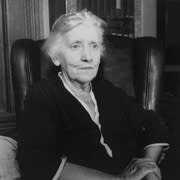
Linda Neville (1873-1961)
Returning to her hometown of Lexington in 1895, she began to teach children out of her home and devoted much of her time to charity and juvenile court boards. Her educational work led her to the mountains of Eastern Kentucky which inspired her to become dedicated to the prevention of blindness. She founded the Kentucky Society for the Prevention of Blindness and became a consultant to the National Society for the Prevention of Blindness. Neville was awarded the Leslie Dana Gold Medal in 1944 by the St. Louis Society for the Blind. Her efforts saw childhood blindness decrease exponentially.

